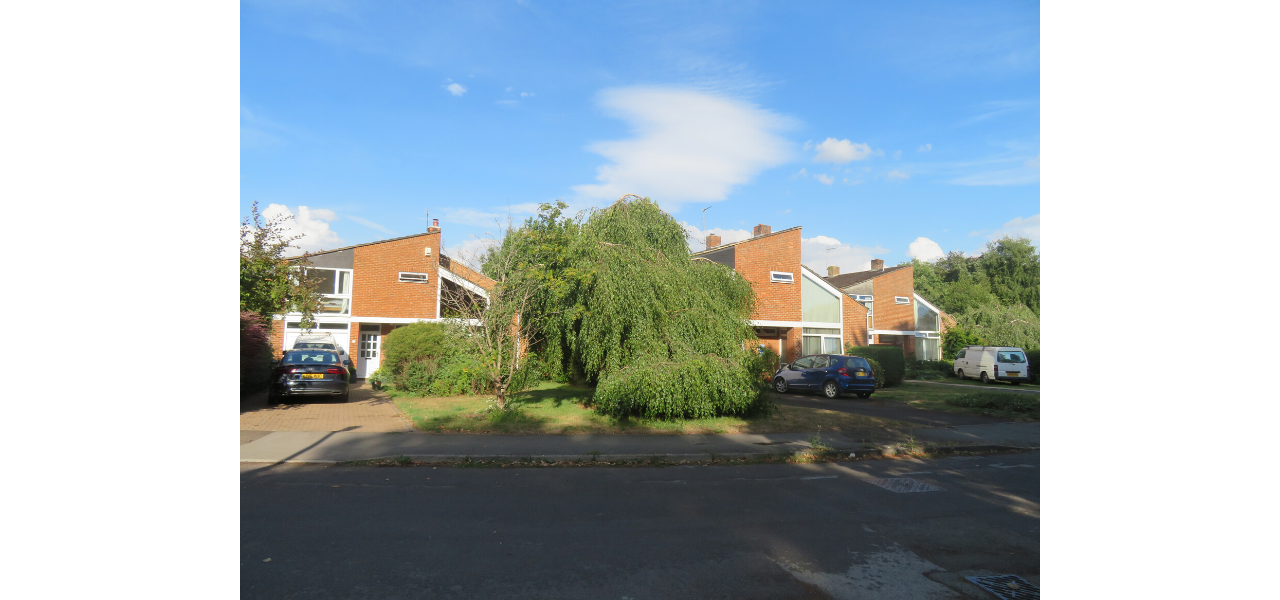Transport for new homes

In July 2018 the Transport for New Homes campaigning group published a report on a project they carried out to establish whether new developments live up to the modern society thinking of encouraging more physically active, less isolated lives and reducing congestion on the roads whilst at the same time promoting a low carbon future.
CPRE Wiltshire strongly support this work and have worked alongside members of this group some of whom are our members.
They summarised their findings to date in terms of six themes:
Theme 1 Car based living
Theme 2 Homes not properly connected for pedestrians, cyclists or buses.
Theme 3 Public transport opportunities missed.
Theme 4 The importance of mixed land use and integrated transport
Theme 5 The advantages of a new urban quarter
Theme 6 Insights from the Netherlands.
Theme 1
Research of over a hundred urban extensions and greenfield estates revealed that transport infrastructure investment was dominated by added road capacity. Bus infrastructure was rarely given significant funding. Housing targets and ‘deliverability’ trump all.
Theme 2
Planners work closely with large developers to satisfy housing targets and meet the five year housing land supply. Connecting bubbles of development with streets within the existing urban area is difficult. The land between the development and the town may not be owned by the developer and there is little public money to offer the choice of routes which residents feel are safe to use. Routes or places safe for recreational walking may not be appropriate for all people on an everyday basis. Seamless infrastructure both within and outside the red line of development needs a great deal of negotiation by planners and timely developer contributions.
Theme 3
There is much talk about door to door transport choices, active life styles and a less isolated existence but it is now recognised that loneliness and lack of social interaction is becoming a problem with modern day life styles. Older people may not want to drive and others do not necessarily want a car in the first place. The project looked to see whether public transport was sufficiently modern, frequent and attractive to coax people to buses, tram and trains instead of cars and whether this was practical. Moreover so many new builds looked so car dominated that this seemed questionable as estates designed for the car would make it hard to attract bus investment and ridership.
Theme 4
Observations made after visits to some urban regeneration projects, Poundbury and new estates in the Netherlands reinforced the value of mixed land use. This does not mean a business park off a roundabout somewhere near a new development, or a supermarket at another road junction, but proper integration of jobs, retail, leisure and other functions. Different functions are not separated by road systems, large car parks and in different parcels but are part of the general walkable public realm. This of course means a departure from the conventional wisdom controlling urban extensions which is to build as many homes as possible with easy car access and lots of parking. These areas need to be made areas of destination, not just dormitories.
Theme 5
The trend towards counter-urbanisation takes us in the wrong direction. To restrict suburban sprawl, sites in existing urban areas should be prioritised and designed with high density housing, a mix of land uses in an attractive walkable environment. This means changing the way housing targets are calculated and looking at capacity and proximity to jobs and services rather than using a methodology based on trajectories and trends. New urban quarters in smaller towns are possible particularly where newly built facilities may have potential to be used by the wider community rather just by residents of a new development. Communities flourish where there is the best accessibility by public transport, walking and cycling but this means there will need to be bus priority lanes, and there will also need to be dedicated cycle and pedestrian routes.
Theme 6
The Transport for New Homes group visited the Netherlands where they were shown round by planners. Staying in a new home in an urban extension highlighted how their residential areas were less car based, better connected to existing urban areas by rapid transit, cycle and pedestrian networks. How the public realm was less barren and the construction architecturally interesting with a mix of flats, terraces and detached houses. Community facilities were within the fabric of the residential area. Shops, offices and community provision of all sorts were in the middle of the new estates. In England these would be orientated around a road system with car parks based on the assumption that most people will drive.
FULL REPORT
The full report can be accessed here



